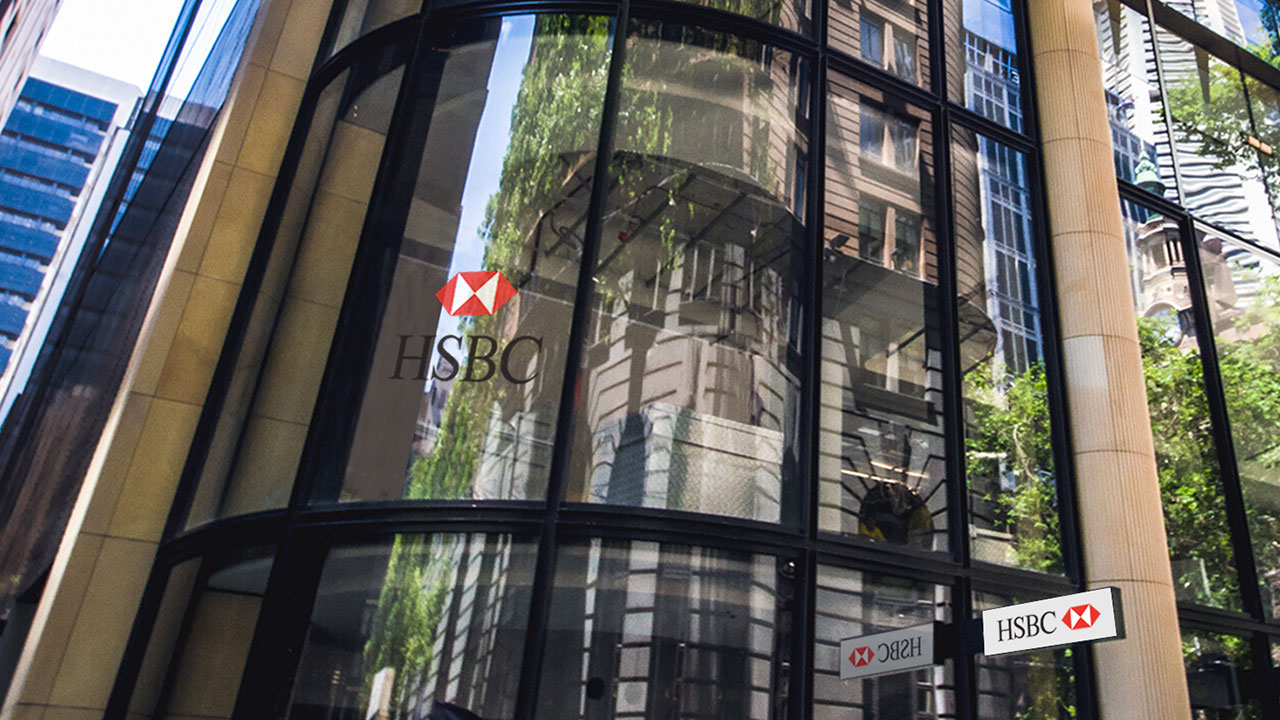The Reserve Bank of Australia Increases the Cash rate to 0.85%
At the Reserve Bank of Australia’s June meeting, 07/06/2022, a decision was made to raise the target cash rate by 50 basis points to 85 basis points. 50 basis points also raised the interest rate on Exchange Settlement balances to 75 basis points.
Summary:
- The cash rate has risen to 0.85% from 0.35%
- Cost to rent and cost of living will increase
- There are still opportunities for first-time home buyers!
In announcing the decision, Reserve Bank governor Philip Lowe said the rise was in response to the fact that “inflation in Australia has increased significantly”, even though it was lower than that of most other advanced nations.
“Higher prices for electricity and gas and recent increases in petrol prices mean that, in the near term, inflation is likely to be higher than was expected a month ago,” he said.
“As the global supply-side problems are resolved and commodity prices stabilise, even if at a high level, inflation is expected to moderate.
Further increases in inflation are projected this year, but the rate is expected to drop back to 2–3% next year. As prices continue to rise for electricity and gas mean that, in the short term, inflation is likely to be higher than was expected a month ago.
Before diving into further details of how these discussions at the Reserve Bank of Australia affect the future economy and property market, we should recap the economy over the last few months.
What has affected the economy over the past couple of months?
International Economy
A brief overview of the international economy shows the ongoing conflict in Ukraine is increasing petrol and electricity prices throughout Europe. In addition to the cost of shipping goods and supply chain disruptions have increased inflation throughout the world.
Domestic Economy
The Australian economy has grown by 0.8% in the March quarter and 3.3% over the year, highlighted by an increase in business investment and a significant construction pipeline to be completed shortly.
Recent events – including Russia’s invasion of Ukraine, increasing inflation, natural disasters (flooding and bushfires), and growing tensions with China have caused the increase in inflation to be the highest it’s ever been in years, impacting the increasing cost of living and fuel prices across Australia. Furthermore, the ongoing supply chain issues increase these costs across the country.
The good news is that employment has grown, and the unemployment rate is at 3.9%, the lowest in almost 50 years! as conditions continue to strengthen, the unemployment rate is forecasted to decline to around 3.5% in early 2023.
However, there is some uncertainty on how this will affect household wealth and spending, given the increasing pressure on household budgets from higher inflation.
May’s Property Market overview
Throughout May, the housing market conditions became more varied compared to previous months. Prices declined slightly in Sydney and Melbourne. However, in most other capital cities and regional areas, price growth remained strong, supported by a low number of properties for sale.
The rapidly changing inflation and interest rate situation has impacted the outlook for Australia’s housing markets, pulling forward and steepening the forecast price slowdown. Most economists expect the RBA to lift the cash rate to 2.25% by May 2023, a much earlier and more aggressive tightening than envisaged at the beginning of the year.

In the medium-term, property values will be linked to the extent to which our economic recovery post-pandemic affects; the economy, employment, borrowing capacity and credit availability. A few underlying long-term factors will have a knock-on effect on how the medium-term plays out.
Let’s have a look at them
- Population growth – Over the past two years, the population growth within Australia has slowed. However, this should increase as borders start to reopen and we have a wave of migration into Australia. For those who don’t know, the current forecasted Australian population growth rate is 1.3%.
- A decline in supply – Development project completions are expected to fall significantly short of the long-term demand for apartments due to the limited access to building materials and resources. We will see a continued undersupply of properties, particularly in our heavily populated capital cities.
- Increase in renters – Nationally, CoreLogic’s Hedonic Rental Index increased 1.0% in May, pushing the annual change in rents to 8.8% across the combined capital cities.
Although housing prices have declined in some markets over recent months, especially in May, most remain more than 25% higher than before the pandemic.
What does this mean for you?
PropTrack economist Paul Ryan stated that those aspiring first time home buyers would find the rising rates quite helpful to their home ownership goals.
“Firstly, housing prices, either growing more slowly than they have – and we’ve already seen that through this year – or even falling a little bit, tends to help first home buyers,” Mr Ryan said.
“Often first-time buyers are limited by how big a deposit they can save. So when the level of prices is high, saving 20 per cent of that level can become more onerous for them.”
Interest rates rising will have a knock-on effect on the rising costs to rent, this in hand with the declining vacancy rates, means it’s a good time to get your foot in the door.
If you’re still uneasy about where or what to invest in, buying-off-the-plan is a great way to get in.
So don’t be left behind. Act now!





